A Guide To Different Types Of Race Cars
RACE CARS – Explore the world of racing cars with us. In this article, you will learn about the different types of race cars.
We will always have a fondness for racing cars, whether it’s the high-octane rush of Formula 1 or the heart-pounding excitement of Need for Speed (NFS) video games. Racing cars come in various forms, each designed for specific types of competitions.
Building a racing car requires meticulous attention to aerodynamics, engine performance, and design. Join us as we explore the world of racing vehicles and explore the different categories of race cars.
Open-Wheel Car
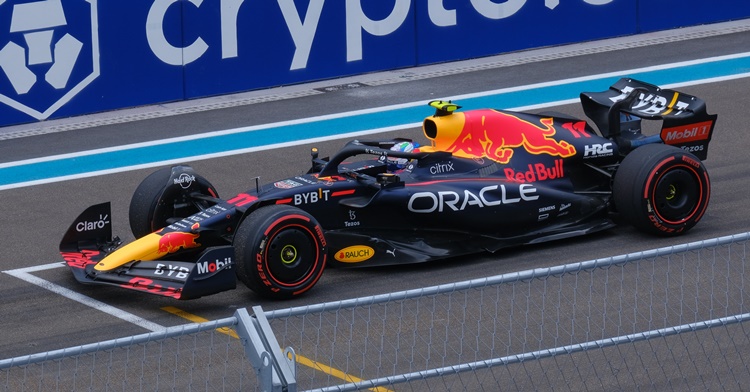
If you follow Formula 1, you’re probably familiar with open-wheel cars. These vehicles have their wheels positioned underneath the chassis and typically accommodate only one passenger.
A typical open-wheel car features a compact cockpit designed to house the driver’s upper body, leaving their head exposed to the open air. Most modern open-wheelers have rear-mounted engines that drive the rear wheels, with the exception of specially modified asphalt cars like those used in the Whelen Modified Tour, which have front-mounted engines.
Open-wheel cars are seen in racing championships such as Formula One, IndyCar, and Formula E, as well as in some amateur series like Formula Ford and Formula Vee.
Using open-wheel cars in competition offers several advantages. They are more stable at high speeds due to their lower center of gravity compared to closed-wheel cars. Additionally, the driver enjoys better visibility for safety and enhanced acceleration and handling, thanks to their lightweight construction.
However, open-wheel cars have their drawbacks. They are more susceptible to damage in collisions due to exposed wheels, less adept at handling wet and windy conditions, and can present challenges when overtaking other cars. Despite these limitations, open-wheel cars remain a favorite among racing enthusiasts for the unique experience they provide on the track.
Touring Car
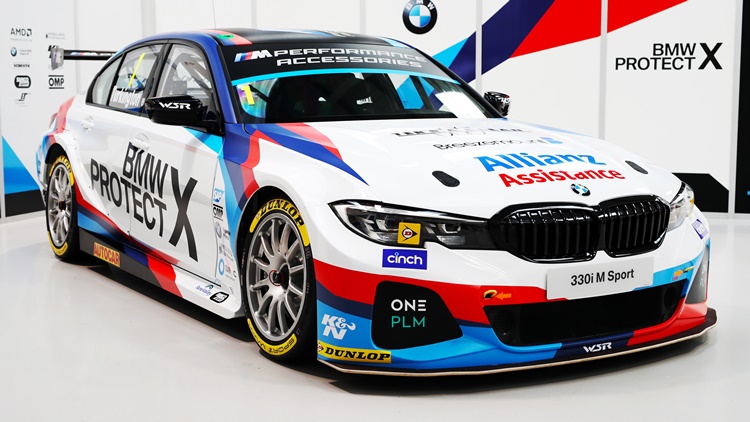
Touring cars constitute a distinct class of race cars that are essentially street-legal versions of production cars modified for enhanced speed and racing comfort.
Touring cars feature bodywork made from materials like carbon fiber for reduced weight and improved aerodynamics. They sport minimal interiors devoid of luxuries like air conditioning and soundproofing, with lightweight seats and simplified dashboard controls.
Touring car racing is a demanding and exhilarating motorsport, known for its quick and dynamic cars and top-tier drivers.
Drag Cars
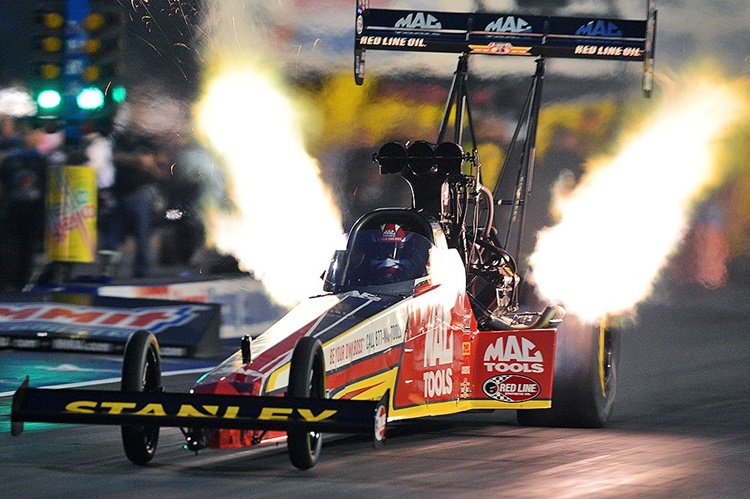
Drag cars are specialized racing vehicles designed for achieving incredible straight-line speeds, reaching nearly 330 mph in just a quarter mile, making them the fastest-accelerating vehicles in the world.
Most drag cars are powered by massive engines running on nitromethane fuel, with Top Fuel Drag cars boasting engines that produce over 11,000 horsepower. However, their extreme acceleration comes at the cost of fragility, making crashes common. Drivers must protect themselves with fire suits and helmets.
Drag racing enjoys widespread popularity, with numerous TV programs and documentaries dedicated to the sport.
The Four Most Common Kinds of Drag Cars Are as Follows:
- Top Fuel Dragster: These are the swiftest and most potent drag cars, fueled by nitromethane. They can cover a quarter-mile distance at speeds of around 330 miles per hour.
- Funny Car: Similar to Top Fuel dragsters but featuring bodies resembling production cars, Funny Cars are a variant of racing vehicles. They also run on nitromethane but have less power.
- Pro Stock: Pro Stock drag cars are the fastest among drag racers, powered by gasoline and designed to mimic regular street cars. While they lack the sheer power of Top Fuel and Funny Cars, they are more agile and quicker.
- Pro Mod: Pro Mod drag cars are the most versatile, capable of adopting the appearance of various car models and running on either gasoline or nitromethane. However, they are also the costliest to race.
Despite the inherent risks, drag racing offers a thrilling and entertaining experience. Some of the world’s best drivers compete in this sport, pushing their vehicles to the limit. If you’re seeking an exhilarating spectator sport, drag racing is a fantastic choice.
Rally Car

Rally cars are built for off-road racing and are typically based on mass-produced vehicles that undergo extensive modifications to handle rugged terrain.
Equipped with powerful engines generating up to 300 horsepower and all-wheel drive for improved traction on uneven surfaces, rally cars excel on dirt and gravel roads, thanks to their short wheelbase and large tires.
Events like the World Rally Championship (WRC), World Rallycross Championship (WRX), and the Dakar Rally provide a platform for rally cars to showcase their capabilities. Rally cars are favored by both professional and amateur racers due to their versatility and performance across various conditions.
Off-Road Race Cars
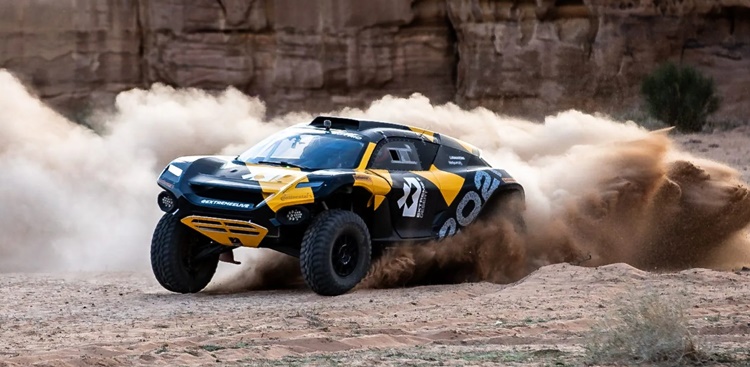
Designed for competitions on rough terrain, off-road race cars are based on mass-produced vehicles but undergo significant enhancements for improved performance in challenging conditions.
These vehicles feature powerful engines, often generating up to 800 horsepower, and all-wheel drive for enhanced traction on uneven terrain. Their short wheelbase and broad tires enable efficient maneuvering on dirt and gravel.
Events like the Baja 1000, Dakar Rally, and King of the Hammers attract off-road racing enthusiasts. Off-road race cars are prized for their adaptability and performance across different types of terrain, making them a top choice for professional and amateur racers.
Drift Car
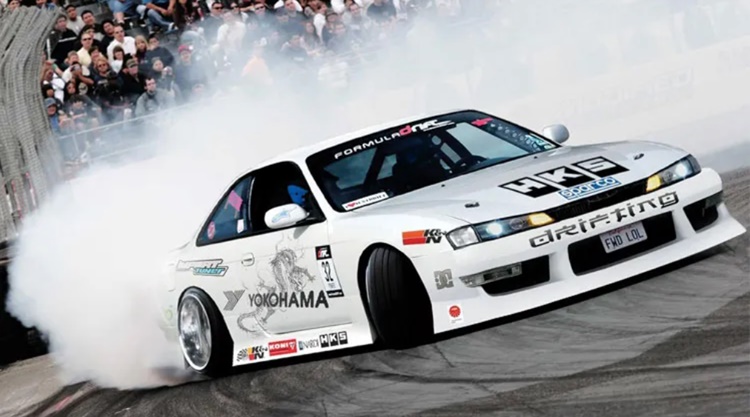
Drift cars are specially designed for the art of controlled sliding, a technique known as drifting, where the driver intentionally loses grip to skid sideways while maintaining control of the vehicle.
Most drift cars are rear-wheel drive, offering greater control during slides. With powerful engines, small wheelbases, and large tires, these cars excel at drifting maneuvers.
Drift competitions like Formula Drift, the Drift Masters European Championship, and the Asia Drift Series feature some of the world’s top drifters. Drift cars are beloved for the intense speeds and controlled chaos they bring to the track, attracting both professional and amateur enthusiasts.
Prototype Race Car
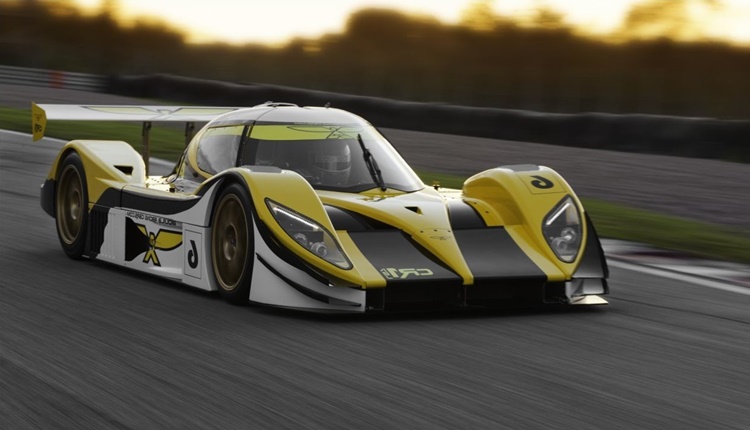
Prototype race cars represent the pinnacle of racing technology, often custom-built for specific racing series with unique, one-of-a-kind designs.
Endurance races like the 24 Hours of Le Mans, 24 Hours of Daytona, and 12 Hours of Sebring feature prototype race cars. The 24 Hours of Le Mans, in particular, is renowned for hosting some of the world’s fastest and most innovative racing cars.
These high-speed and endurance-focused races make prototype race cars a popular choice among racers constantly pushing the boundaries of technology and performance.
Cup Racing Cars
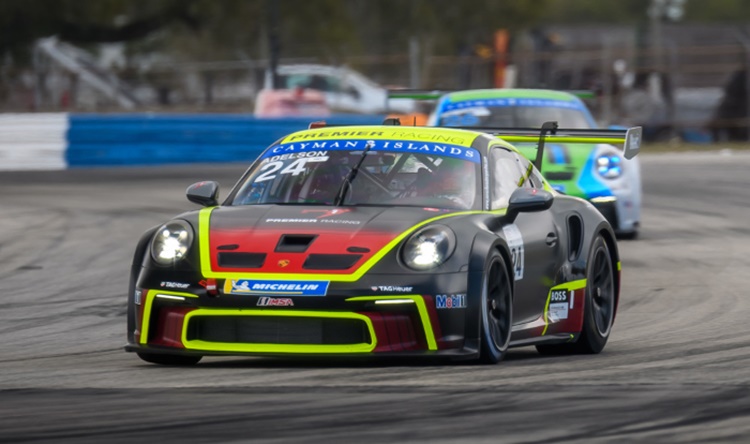
Cup Racing cars are used in various racing series, including the NASCAR Cup Series, Xfinity Series, and Camping World Truck Series. These cars typically start as mass-produced vehicles but undergo substantial tuning to enhance their racing performance.
Cup race cars can generate up to 750 horsepower and boast aerodynamic bodies for high-speed oval track racing. The NASCAR Cup Series is particularly famous, attracting top drivers and offering thrilling races.
These cars are well-suited for high-speed oval racing, making them popular among both professional and weekend racers.
The Chevrolet Camaro ZL1, Ford Mustang GT, and Toyota Camry TRD serve as chassis options for NASCAR Cup Series race cars, while the Chevrolet Camaro SS, Ford Mustang, and Toyota Supra inspire the Xfinity Series race cars.
NASCAR
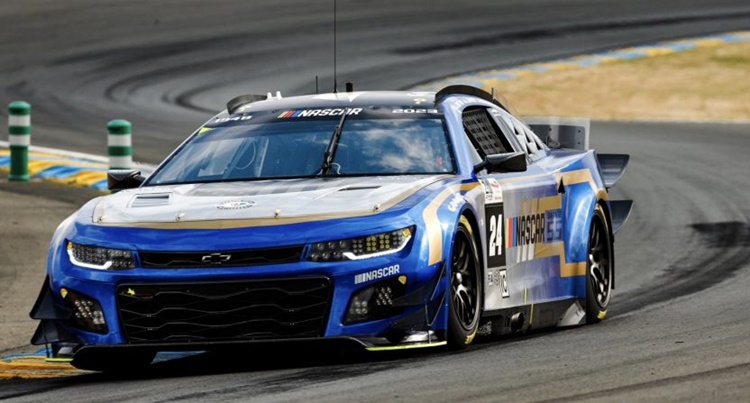
NASCAR cars are modified versions of stock cars, featuring production-car foundations with performance-enhancing modifications.
NASCAR cars can produce up to 750 horsepower and excel at high-speed oval racing due to their aerodynamic design. The NASCAR Cup Series is the premier NASCAR competition, featuring top drivers and taking place in the United States.
The Xfinity Series, another national NASCAR series in the USA, is known for its close and thrilling races, often ending in photo finishes. The Camping World Truck Series is famous for its tough trucks and exciting races.
NASCAR vehicles are a popular choice among racers for their ability to handle the rigors of oval racing and their affordability for weekend racers.
In summary, the world of race cars offers a diverse array of options, each tailored for specific racing experiences and challenges, catering to both professional and amateur drivers and captivating fans around the globe.
Please like and follow/subscribe:
Newspapers.ph
Newspapers YouTube Channel
Newspapers Facebook Page
